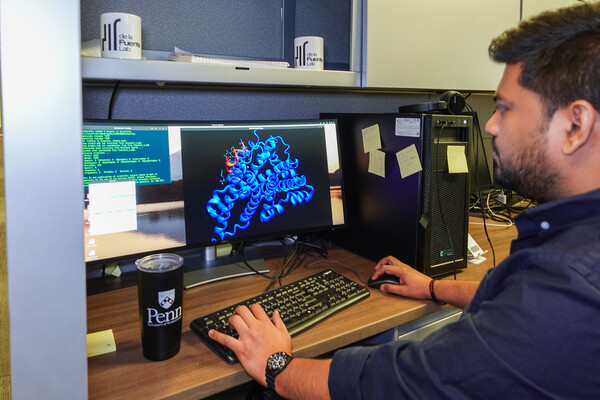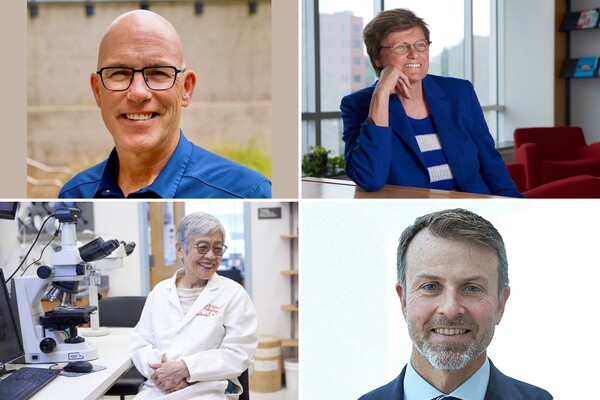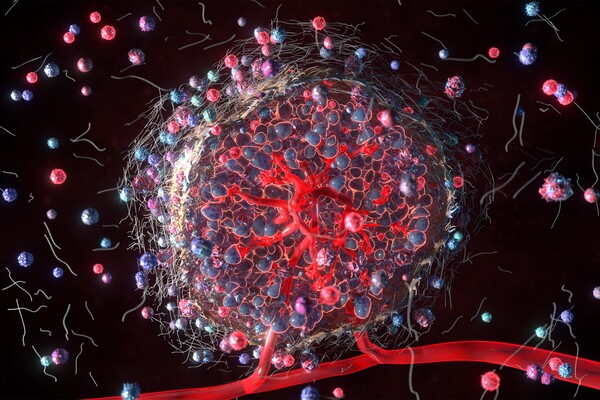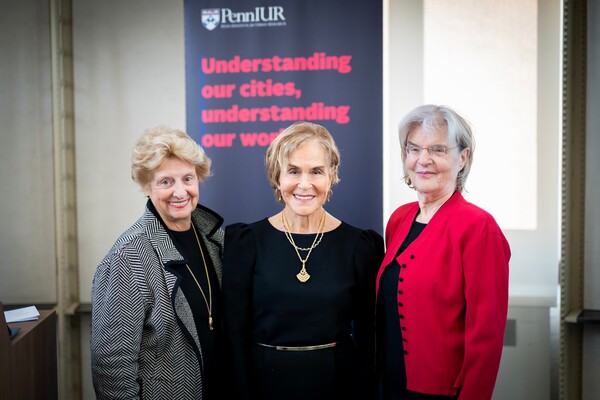
Researchers led by César de la Fuente of the Perelman School of Medicine have created new peptides that fight hard-to-treat “superbug” infections by punching holes in bacterial cells and stimulating immune cells to signal for more defenders.
(Image: Courtesy of Jianing Bai)








